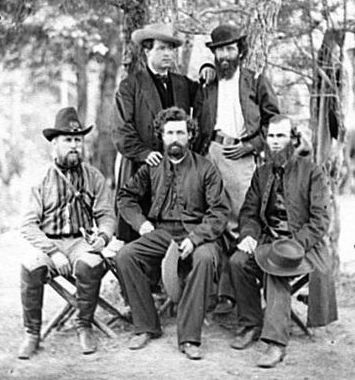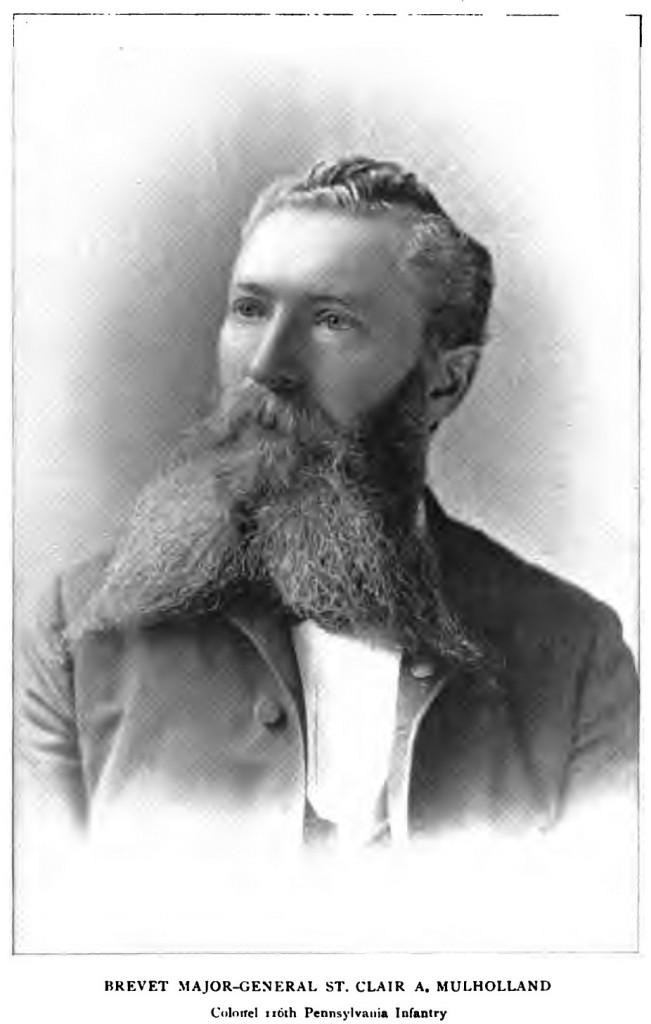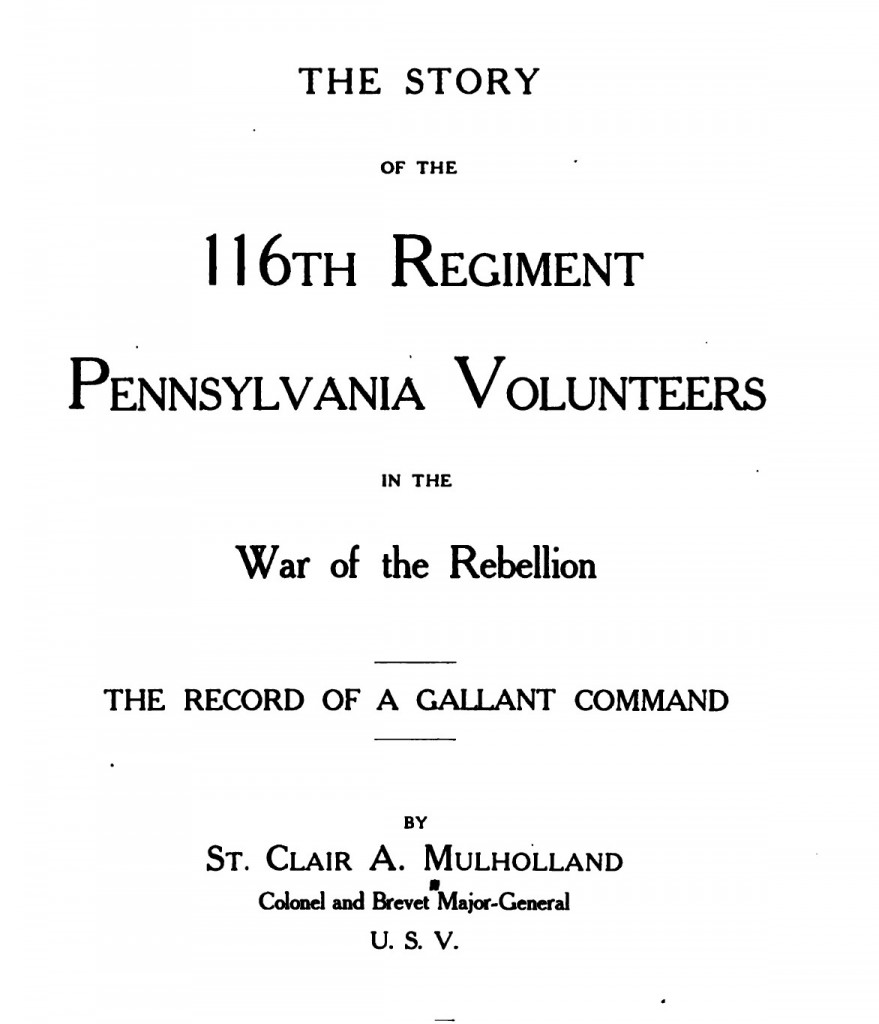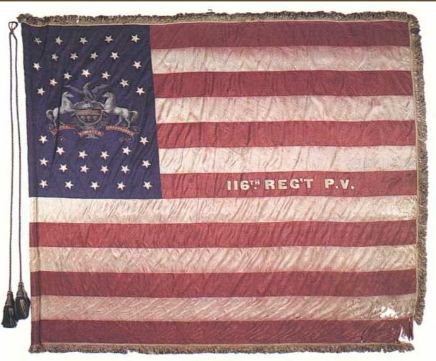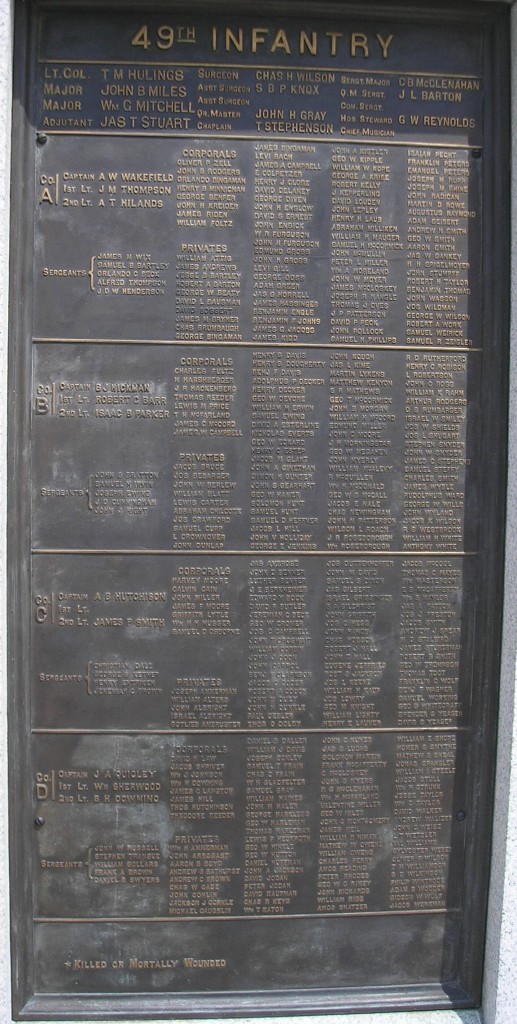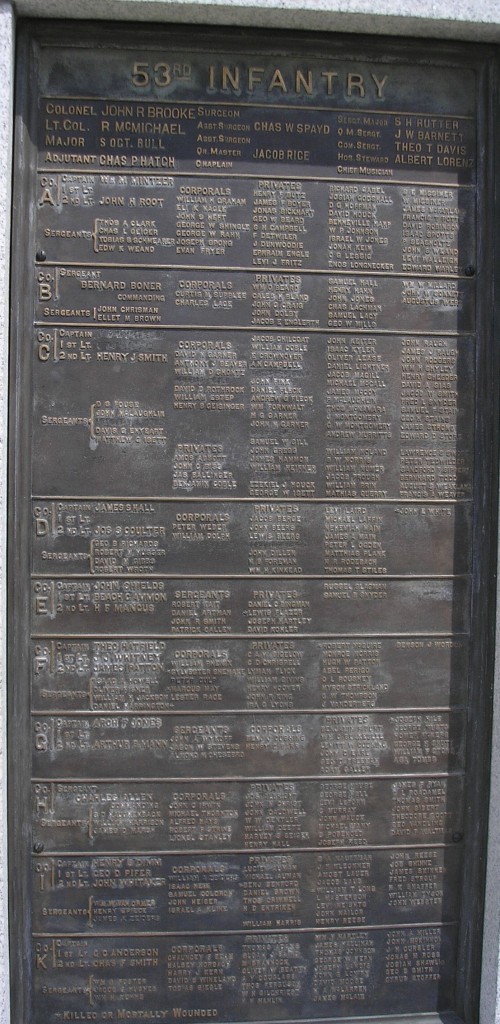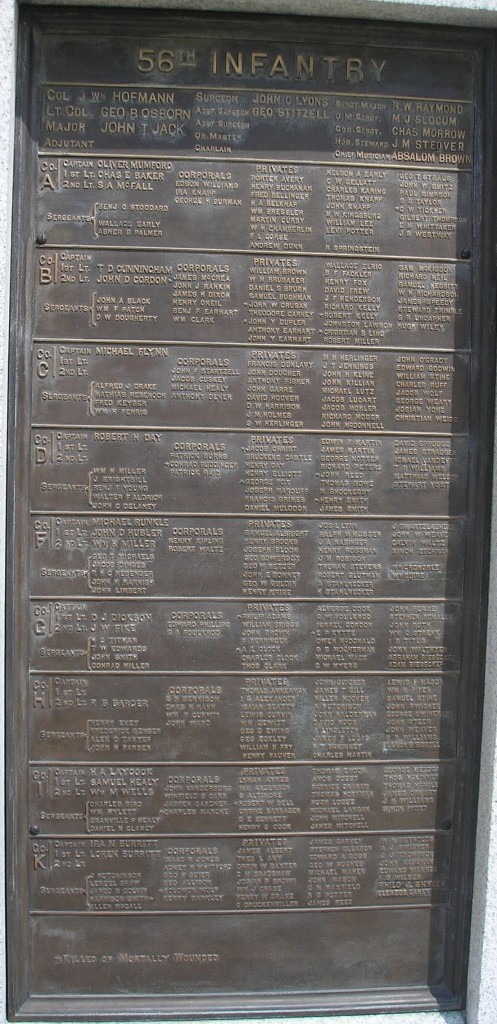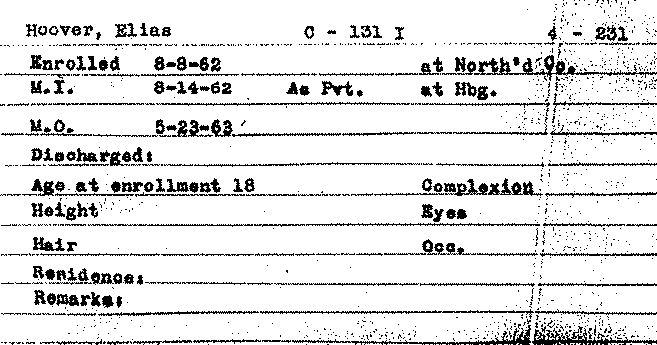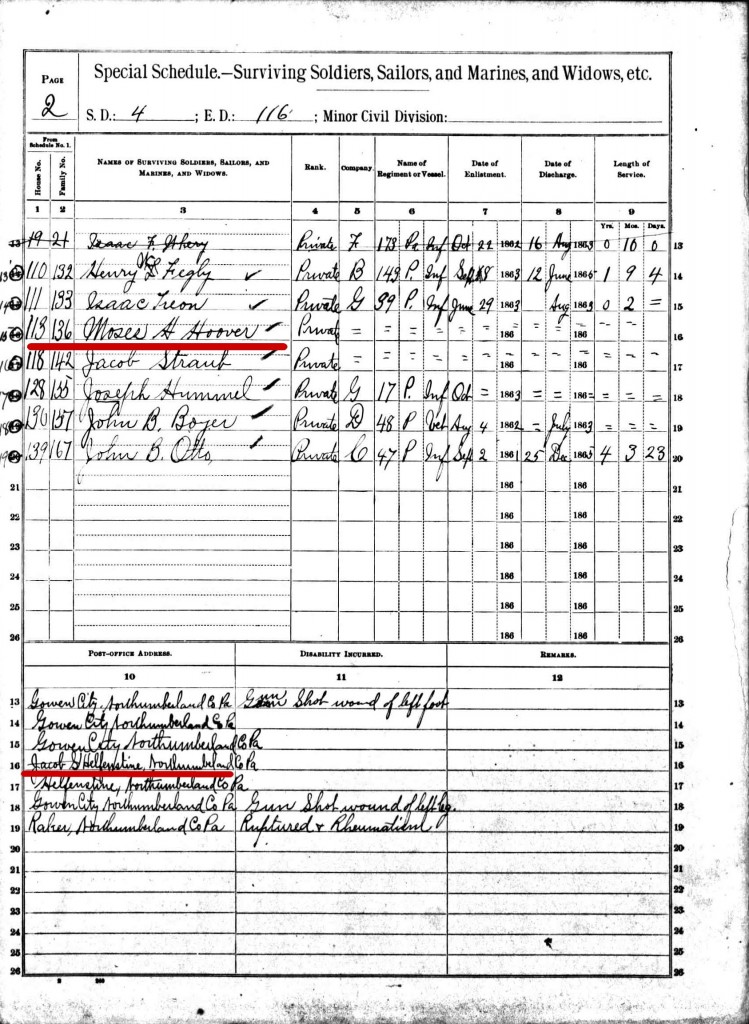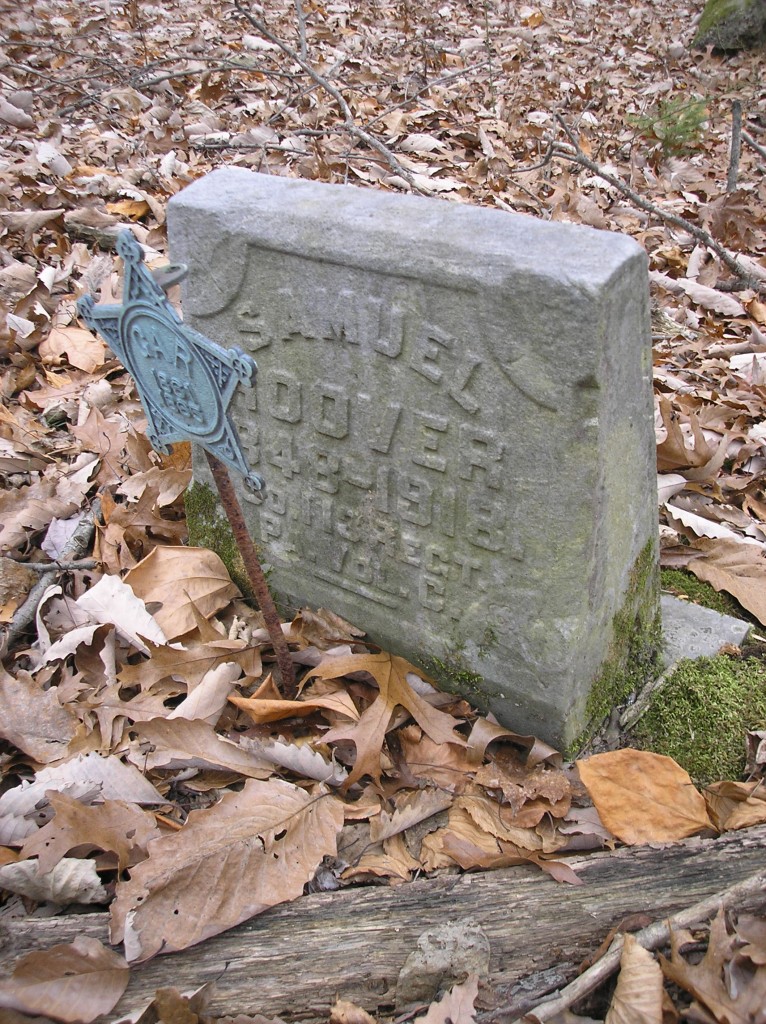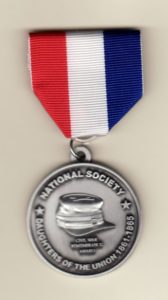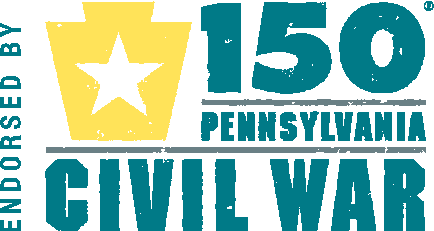Pennsylvanians in the Irish Brigade
Posted By Norman Gasbarro on March 17, 2011
A brigade of Irish troops was originally formed in September of 1861 upon authorization of the Secretary of War. At first it consisted of three New York regiments – the 63rd New York Infantry, the 69th New York Infantry, and the 88th New York Infantry. To give the brigade some additional strength, the 29th Massachusetts Infantry of mostly non-Irish, was assigned to it. After the Battle of Antietam, the 29th Massachusetts Infantry was replaced with the 28th Massachusetts Infantry, which was made up predominantly of Irish immigrants. Afterward, Philadelphia Irish immigrants were recruited to form another regiment,the 116th Pennsylvania Infantry, and that was added to the brigade, bringing it to a full strength of five regiments. See prior post on the organization of the Union army.
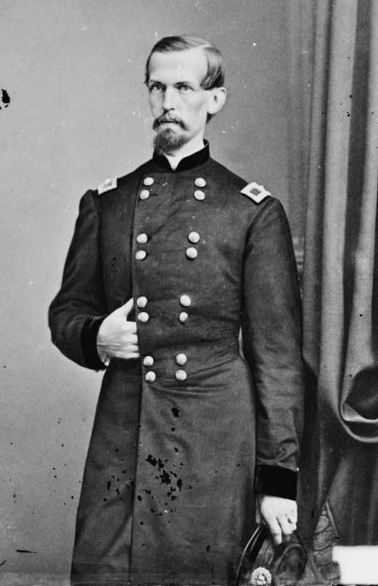
Col. Michael Corcoran (1827-1863). He refused to parade his Irish-American troops for the Prince of Wales.
The core of the New York regiments that formed this brigade consisted of the 69th New York Militia and the 63rd New York Volunteers, also known as the “Third Irish.” The 69th had gained notoriety before the war when its leader, Col. Michael Corcoran, refused to lead a dress parade for the Prince of Wales who was visiting New York City. For the refusal, he was put under court martial, but with the advent of the Civil War, he was needed. Charges were dropped and the 69th New York Militia was sent to Virginia. Since many of the immigrants in the early “Irish Brigade” were experienced Irish revolutionaries, the activation of this unit was seen as a warning to Britain to refrain from supporting the Confederacy or there would be repercussions in Ireland. It also helped get solid Irish support for the cause of the Union – which at the time was not the emancipation of slaves. Irish immigrants were concerned about a flood of freed slaves headed north to take jobs that they had to fight to get and many considered joining the Confederacy to help preserve the institution of slavery. In balancing the options, it seemed better to choose the Union cause where the immigrants could prove their worth on the battlefield in a separate “Irish Brigade” which they saw as a way to climb the economic ladder once the war was over. The Confederacy offered no such option to these Catholic immigrants. The creation of an “Irish Brigade” was therefore a clever, strategic move on the part of the War Department. The “Irish Brigade” was assigned paid Catholic Chaplains, chief of which was Fr. William Corby, a Holy Cross priest and a future president of Notre Dame and for the most part, its leaders were of Irish background. But Col. Michael Corcoran formed another unit, known as the Corcoran Legion, also composed of Irish troops. Unfortunately, in 1863, while riding alone, his horse fell on him and crushed his skull. He died instantly.
The history of 116th Pennsylvania Infantry notes that it was recruited in Philadelphia in July and August of 1862. Before the regiment was of proper strength, its members were sent first to Washington and then to Rockville, Maryland, before being sent back to Washington. But on 6 October 1862 it became part of the “Irish Brigade” which had been assigned to the Second Army Corps, First Division. Unfortunately one its earliest engagements occurred when the regiment came out of winter quarters to lose 43 percent of its members at the Battle of Fredericksburg.
From the official history of the Union Army:
Owing to the sad reduction in its effective strength, the 116th Pennsylvania Infantry was consolidated into a battalion of four companies in January 1863, remaining in the camp at Falmouth until the opening of the Chancellorsville movement, in which it was active, and returning afterward to its old camp. Its work at Chancellorsville received special complimentary mention by Gen. Hancock. The battalion lost heavily at Gettysburg, where it was active on 2 July and 3 July, and joined in the southward movement which followed…. [see previous post on Pennsylvania Regiments at Gettysburg, 116th Pennsylvania Infantry]. Winter quarters were established at Stevensburg and during the winter the regiment was reorganized, three companies from Philadelphia and three from Pittsburgh, being added to the reenlisted men of the battalion, which filled the ranks to the required strength. The “Irish Brigade” was closely engaged at the Wilderness… Spottsylvania and Cold Harbor, its ranks again being greatly reduced in numbers by the almost daily encounters of the enemy. The 116th Pennsylvania Infantry arrived in front of Petersburg on 15 June, charged the works the next day and joined in the action at Reams’ Station a few days later. Upon the reorganization of the Second Corps, it was attached to the 4th Brigade, 1st Division, with which it shared in the engagements at Deep Bottom and the raid on the Weldon Railroad in July, the Hatcher’s Run in December, and the skirmish at Dabney’s Mill in February 1865. At the close of the siege the regiment participated in the battle at Five Forks, and after Lee’s surrender, returned to Alexandria, where companies A through D were mustered out on 3 June, and the remainder were mustered out at Washington on 14 July.
The regiment leader was Maj. St. Clair A. Mulholland. In 1903, Mulholland wrote a history of the 116th Pennsylvania Infantry. That book is available as free download from Google Books – click here. Maj. Mulholland was awarded the Congressional Medal of Honor for his actions at Chancellorsville while leading the 116th Pennsylvania Infantry. His citation read: “In command of the picket line held the enemy in check all night to cover the retreat of the Army.”
From the Lykens Valley area and from this Civil War Research Project, five men have been identified as having served in the 116th Pennsylvania Infantry, and therefore in the “Irish Brigade.” Many other Irish immigrants or men of Irish descent from the Lykens Valley area fought in other Pennsylvania regiments, but the purpose of this post is to identify those who specifically served with the”Irish Brigade.”
Those who served in the 116th Pennsylvania Infantry who have been identified as part of this Civil War Research Project are:
George Goodman — Joseph M. Johnson — Jacob J. Schroeder — Adam Wagner — Ellie Wilson
Only some information has been discovered about each of the five men. Records at the Civil War Research Project indicate that George Goodman was “shot in side” during the war. Jacob J. Schroeder was taken prisoner and held at Salisbury, North Carolina for six months where he claimed to have developed rheumatism and heart disease. Adam Wagner was killed in the battle at Petersburg on 14 June 1864 and in 1890, his widow was living in Porter Township, Schuylkill County. She didn’t know much about his military service because his discharge had been destroyed in a fire. Ellie Wilson‘s widow was living in Tower City, Schuylkill County in 1890.
The regimental flag of the 116th Pennsylvania Infantry is part of the collection at the Pennsylvania State Capitol.
Information for this post was taken from the Civil War Research Project collection. The regimental flag of the 116th Pennsylvania Infantry is from the Pennsylvania Civil War Project of Steve Maczuga. Photographs are from Wikipedia and are in the public domain either because their copyright has expired or they are digital copies of originals that are in the Library of Congress. The photograph of Maj. Mulholland is from the Google Book on the 103rd Pennsylvania Infantry, previously cited. Some of the information on the Irish Brigade” is from Wikipedia articles on the Irish Brigade or on its leaders. The official Union army history is edited from the history of the 116th Pennsylvania Infantry available on Ancestry.com.
Anyone with more information about Pennsylvanians in the “Irish Brigade” is invited to submit it, particularly if such information pertains to the veterans from the Lykens Valley area.
 ;
;
